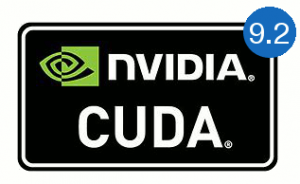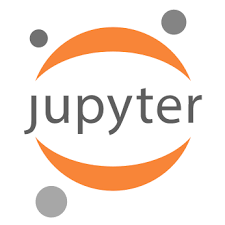 In this post, we are about to accomplish something less common: building and installing TensorFlow with CPU support-only on Ubuntu server / desktop / laptop. We are targeting machines with older CPU, as for example those without Advanced Vector Extensions (AVX) support. This kind of setup can be a choice when we are not using TensorFlow to build a new AI model but instead only for obtaining the prediction (inference) served by a trained AI model. Compared with model training, the model inference is less computational intensive. Hence, instead of performing the computation using GPU acceleration, the task can be simply handled by CPU.
In this post, we are about to accomplish something less common: building and installing TensorFlow with CPU support-only on Ubuntu server / desktop / laptop. We are targeting machines with older CPU, as for example those without Advanced Vector Extensions (AVX) support. This kind of setup can be a choice when we are not using TensorFlow to build a new AI model but instead only for obtaining the prediction (inference) served by a trained AI model. Compared with model training, the model inference is less computational intensive. Hence, instead of performing the computation using GPU acceleration, the task can be simply handled by CPU.
tl;dr The WHL file from TensorFlow CPU build is available for download from this Github repository.
Since we will build TensorFlow with CPU support only, the physical server will not need to be equipped with additional graphics card(s) to be mounted on the PCI slot(s). This is different with the case when we build TensorFlow with GPU support. For such case, we need to have at least one external (non built-in) graphics card that supports CUDA. Naturally, running TensorFlow with CPU pertains to be an economical approach to deep learning. Then how about the performance? Some benchmark results have shown that GPU performs better than CPU when performing deep learning tasks, especially for model training. However, this does not mean that TensorFlow CPU cannot be a feasible option. With proper CPU optimization, TensorFlow can exhibit improved performance that is comparable to its GPU counterpart. When cost is a more serious issue, let’s say we can only do the model training and inference in the cloud, leaning towards TensorFlow CPU can be a decision that also makes more sense from financial standpoint. Continue reading



